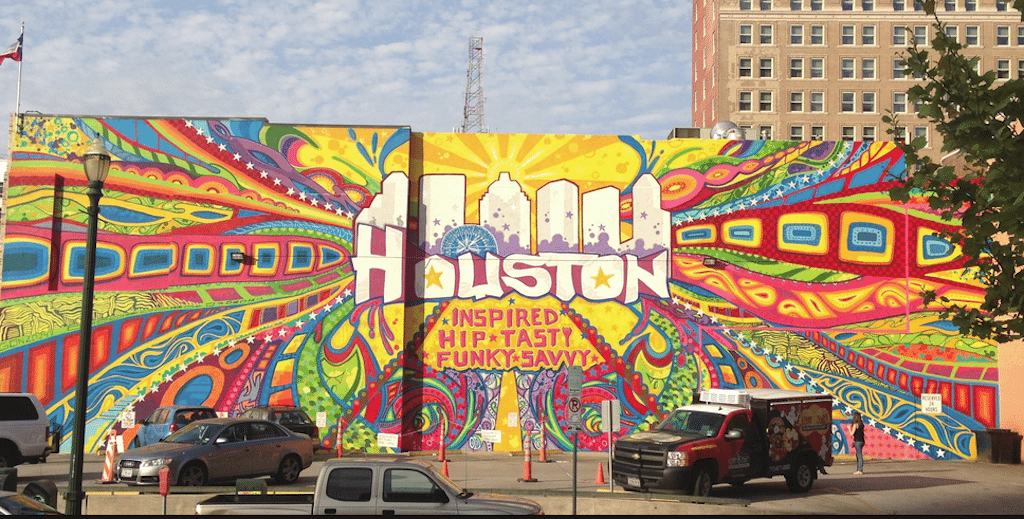Skift Take
There's no one formula for creating a lasting and impactful ad campaign, but Visit Houston's willingness to iterate on its concept and adopt to consumers' needs is pretty close.
Destinations worldwide are navigating a new advertising reality today with more platforms than they know how to use and too little content to spread amongst them.
Questions about digital versus print versus broadcast campaigns are common and the ephemeral search for actionable high-quality content continues with no end in sight.
Still many cities, states and countries are doing a terrific jobs launching social media campaigns, engaging video content, and relatable text.
One such destination is Visit Houston, which recently took us through a timeline of their marketing past to reveal the iterations of their campaign and why they believe it will continue to work far into the future.
Visit Houston’s campaign evolution started in 2008 with the ‘My Houston’ print campaign that featured unpaid, unscripted statements from celebrities like Beyonce and George Foreman about their love for Houston. The campaign ran in several publications including Texas Monthly and the Wall Street Journal.
In 2009, the tourism board brought the concept to life with a broadcast campaign including ZZ Top and Chandra Wilson, which became one of the most successful campaigns in Houston’s history. The concept worked because the celebrity endorsements came off as both authentic and trustworthy.
According to a 2013 research report, more than a quarter of visitors to Houston said the ads made them more likely to visit.
Visit Houston’s research over the next two years revealed that the print element of this particular campaign did not have the credibility of its broadcast counterpart so the tourism board launched a new “Houston Is” print campaign in 2012.
The tourism board realized that almost all interviews used those words when describing the city and wanted to give everyday visitors the ability to connect to the campaign and define the city for themselves.
During this time, the tourism board also noticed Houston was increasingly being described in terms of its cuisine and cultural life. For this reason, it added “tasty” and “inspired” to the print ads.
“I giggle when people ditch print or broadcast to go to digital. All new media did was create a balance that helps destinations diversify. It’s not all about digital, media, or broadcast. It’s about a mix,” explains Holly Clapham, vice president of marketing at Visit Houston.
Clapham and other executives measure the impact of their digital campaigns via impression goals and click-through rates. Print campaigns are somewhat more difficult to measure so the tourism board relies on The New York Times‘ and Wall Street Journal‘s advertising reports.
This campaign continually tests within the top five performing ads in the paper and carries with is a 70%+ credibility factor, says Clapham.
Visit Houston launched the latest iteration of its digital campaign on NYTimes.com this February with art elements inspired by a 3,000-square foot mural created by graffiti artist GONZO247.
Building on its mixed media strategy, Visit Houston also launched a regional print and digital campaign for summer 2014.
Although these are all national campaigns, Houston saw the largest increase in foreign visitors of any U.S. city in 2013. A 22-percent spike in international visitation was fueled by new flight routes and booming energy and medical businesses.
The Daily Newsletter
Our daily coverage of the global travel industry. Written by editors and analysts from across Skift’s brands.
Have a confidential tip for Skift? Get in touch
Tags: advertising, houston
Photo credit: A 3,000 square foot mural created by grafitti artist GONZO247. Visit Houston



